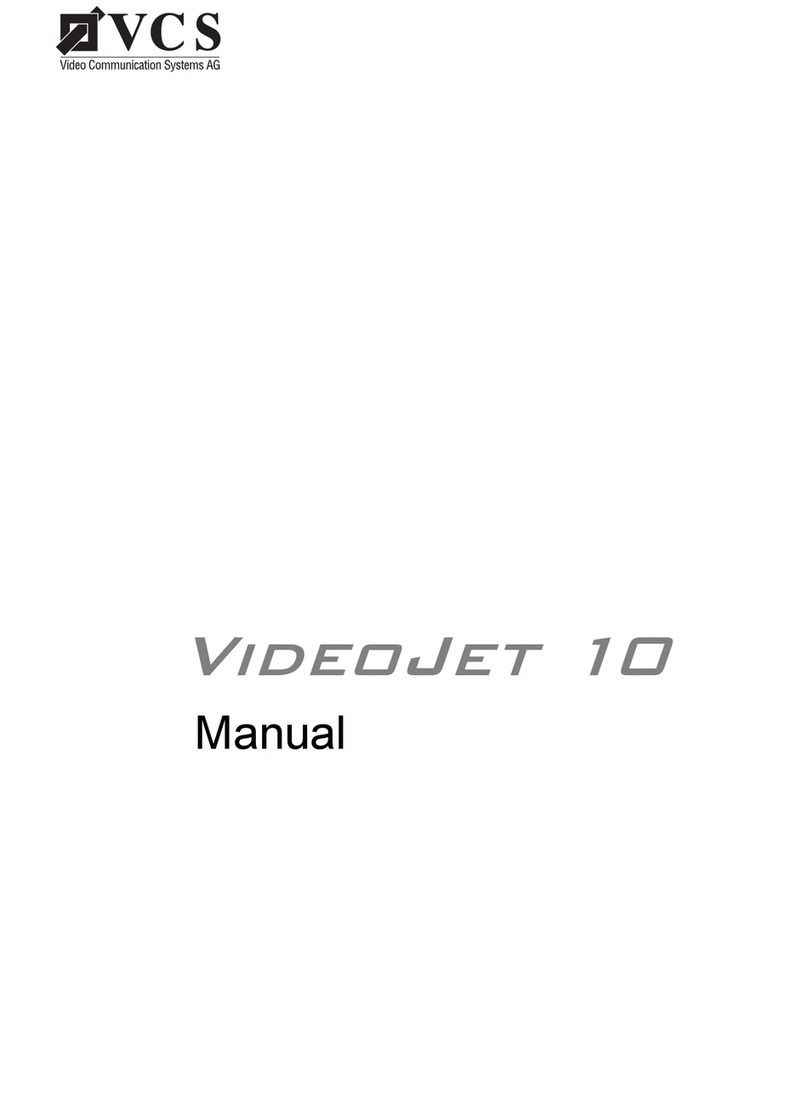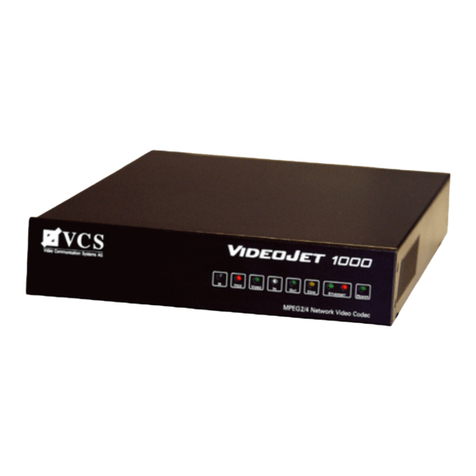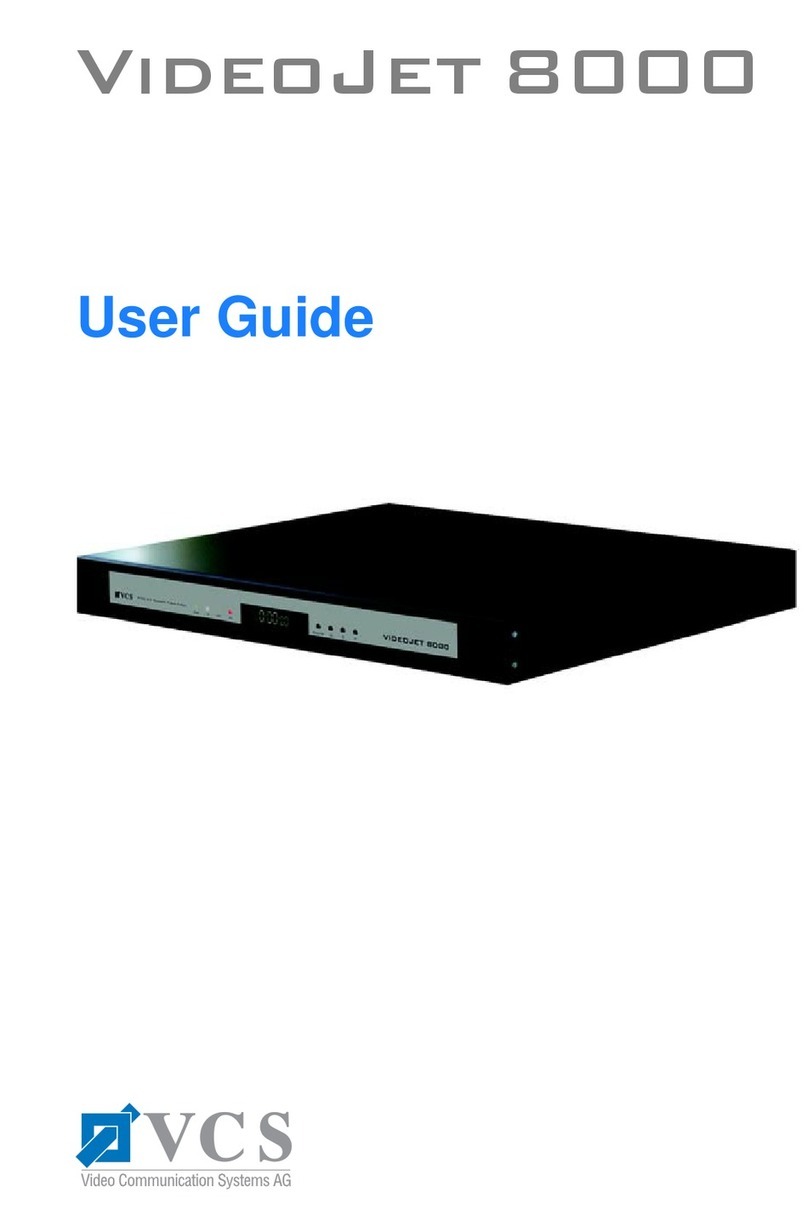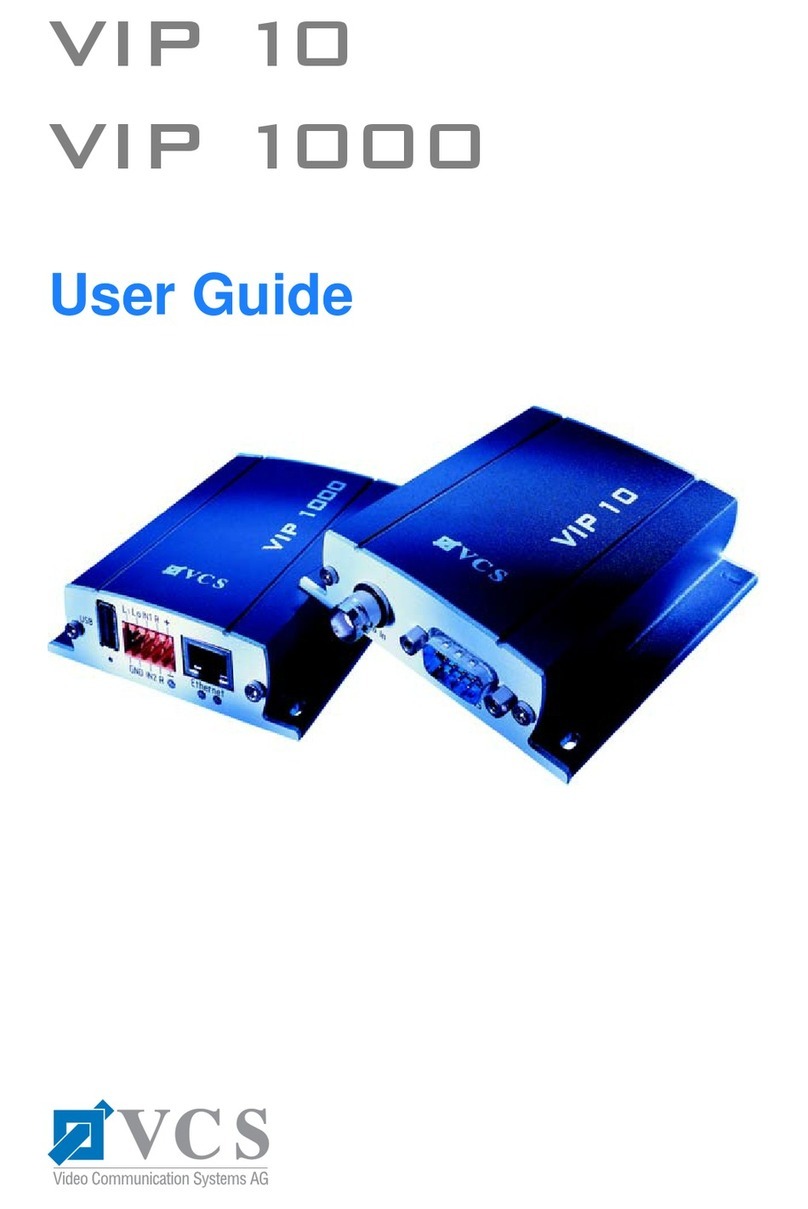
Contents
4
VideoJet 100
Chapter 5 Configuration with
web browser . . . . . . . . . . . . . . . . . . . . . . . . . . . . . . . . . . . . . . 29
Making the connection . . . . . . . . . . . . . . . . . . . . . . . . . . . . . . . 29
Navigation . . . . . . . . . . . . . . . . . . . . . . . . . . . . . . . . . . . . . . . . . 30
General procedure for configuration . . . . . . . . . . . . . . . . . . . . . 32
Identification . . . . . . . . . . . . . . . . . . . . . . . . . . . . . . . . . . . . . . . 33
Display settings . . . . . . . . . . . . . . . . . . . . . . . . . . . . . . . . . . . . . 36
Video settings . . . . . . . . . . . . . . . . . . . . . . . . . . . . . . . . . . . . . . 38
Audio settings . . . . . . . . . . . . . . . . . . . . . . . . . . . . . . . . . . . . . . 44
Alarm settings . . . . . . . . . . . . . . . . . . . . . . . . . . . . . . . . . . . . . . 45
Relay settings . . . . . . . . . . . . . . . . . . . . . . . . . . . . . . . . . . . . . . 52
Harddisk settings . . . . . . . . . . . . . . . . . . . . . . . . . . . . . . . . . . . . 54
Interface settings . . . . . . . . . . . . . . . . . . . . . . . . . . . . . . . . . . . . 66
Service settings . . . . . . . . . . . . . . . . . . . . . . . . . . . . . . . . . . . . . 68
Function test . . . . . . . . . . . . . . . . . . . . . . . . . . . . . . . . . . . . . . . 74
Chapter 6 Operation . . . . . . . . . . . . . . . . . . . . . . . . . . . . . . . . . . . . . . . . . 75
Operation with the
Microsoft Internet Explorer . . . . . . . . . . . . . . . . . . . . . . . . . . . . 75
Hardware connection
between VideoJet 100 devices . . . . . . . . . . . . . . . . . . . . . . . . . 92
Operation with software decoder . . . . . . . . . . . . . . . . . . . . . . . . 93
Chapter 7 Care and Service . . . . . . . . . . . . . . . . . . . . . . . . . . . . . . . . . . . 95
Software upload via FTP . . . . . . . . . . . . . . . . . . . . . . . . . . . . . . 95
Checking the network . . . . . . . . . . . . . . . . . . . . . . . . . . . . . . . . 96
Maintenance . . . . . . . . . . . . . . . . . . . . . . . . . . . . . . . . . . . . . . . 97
Further sale, disposal . . . . . . . . . . . . . . . . . . . . . . . . . . . . . . . . 97
Chapter 8 Annex . . . . . . . . . . . . . . . . . . . . . . . . . . . . . . . . . . . . . . . . . . . . 99
Faults – possible causes and remedy . . . . . . . . . . . . . . . . . . . . 99
LEDs . . . . . . . . . . . . . . . . . . . . . . . . . . . . . . . . . . . . . . . . . . . . 101
Glossary . . . . . . . . . . . . . . . . . . . . . . . . . . . . . . . . . . . . . . . . . 102































